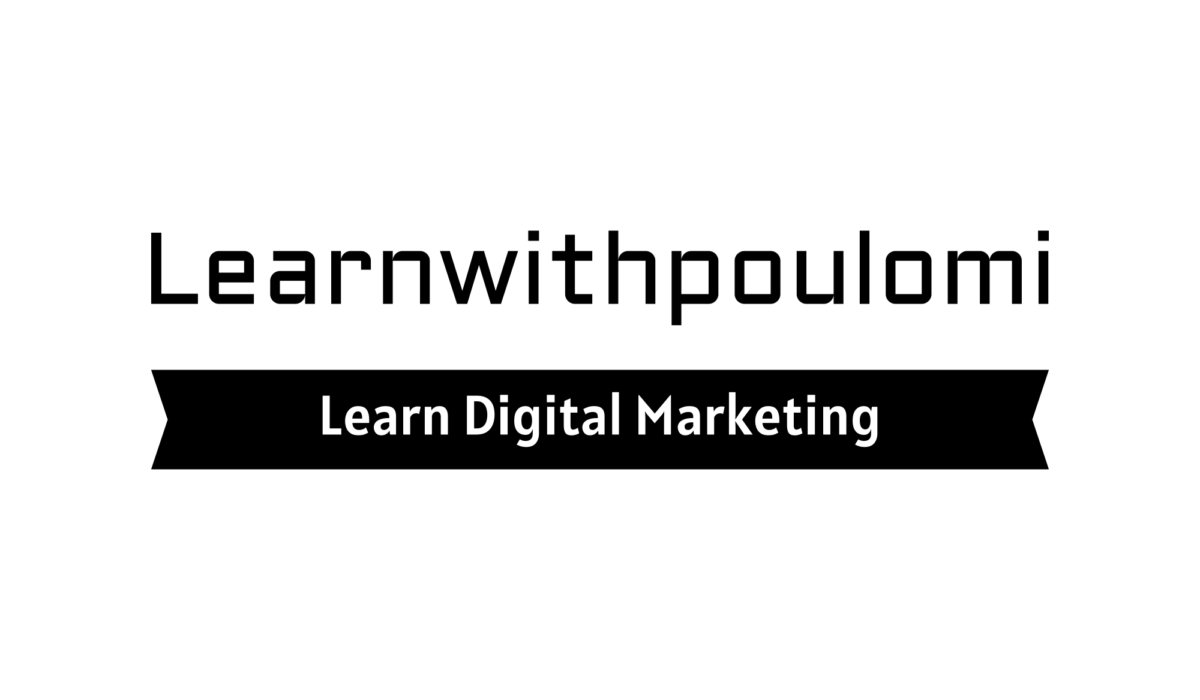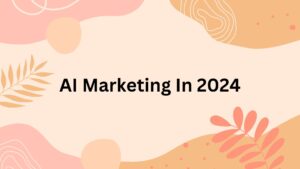In today’s fast-paced digital world, marketing has evolved from traditional outbound strategies to more customer-centric approaches. From a digital marketer’s perspective, success now depends on not just reaching audiences, but on creating value and nurturing relationships. One such method that has proven highly effective is inbound marketing, a strategy that focuses on attracting customers by delivering relevant content and experiences tailored to their needs.
The Digital Marketer’s Approach to Modern Marketing
Digital marketers today focus on creating personalized, data-driven strategies that engage and convert their target audiences. They harness the power of search engines, social media, email marketing, and content to reach potential customers at every stage of the buyer’s journey. Instead of hard-sell tactics or intrusive advertising, the goal is to provide value, solve problems, and build trust.
This shift from traditional marketing to a more thoughtful, customer-first approach is largely driven by the rise of inbound marketing. But before diving into its implementation, let’s first define what inbound marketing is and why it’s so essential.
What is Inbound Marketing?
Inbound marketing is a marketing strategy focused on attracting customers through valuable content and experiences that are tailored to their needs, rather than bombarding them with unsolicited advertisements. It involves creating and sharing content that addresses the pain points, questions, and challenges that potential customers are facing.
The core of inbound marketing lies in pulling audiences towards your brand by providing helpful, relevant content, as opposed to pushing messages out via paid ads or cold outreach. This strategy helps build trust, establish authority, and nurture long-term relationships with prospects.
Inbound marketing operates on the idea of guiding potential customers through the following stages:
- Attract – Drawing the right people to your brand using content, social media, and SEO.
- Engage – Creating meaningful interactions through personalized content, email marketing, and lead nurturing.
- Delight – Providing ongoing value and support to turn customers into loyal brand advocates.
The Importance of Inbound Marketing
Inbound marketing has become crucial for several reasons:
- Increased Consumer Control: Today’s consumers have access to endless amounts of information online. They no longer rely on advertisements to learn about products or services. Instead, they research, read reviews, and compare solutions on their terms. Inbound marketing aligns with this behavior by meeting customers where they are in their research phase with helpful, informative content.
- Cost-Effective: Inbound marketing is generally more cost-effective than traditional outbound methods like TV ads or direct mail. Creating valuable content may take time and resources, but once it’s out there, it can continue to attract and engage potential customers without the need for constant ad spend.
- Builds Trust and Credibility: By offering relevant and educational content, businesses can position themselves as industry experts and thought leaders. This builds trust with potential customers, making them more likely to choose your brand when they’re ready to make a purchase.
- Better Targeting and Personalization: With inbound marketing, you can tailor your content to specific customer segments based on their needs and interests. This personalized approach increases the relevance of your message, driving higher engagement and improving conversion rates.
- Improves Customer Retention: Inbound doesn’t stop once a prospect becomes a customer. It’s an ongoing process that focuses on delighting customers through continued engagement. Happy customers are more likely to become repeat buyers and brand advocates.
How Digital Marketers Can Implement Inbound Marketing
- Content Creation and Blogging
Content is the cornerstone of inbound marketing. Digital marketers must focus on creating high-quality, valuable content that addresses the needs of their target audience. This can include blog posts, guides, how-to articles, videos, and infographics. Content should be optimized for SEO to ensure it appears in search results when prospects are looking for answers. - Search Engine Optimization (SEO)
SEO is critical in inbound marketing. To attract potential customers organically, digital marketers must ensure that their content ranks highly on search engines. This involves conducting keyword research to identify the phrases that potential customers are searching for and optimizing content around those terms. On-page and technical SEO factors like site speed, mobile optimization, and backlinks also play a key role in improving rankings. - Social Media Marketing
Social media platforms are perfect for distributing inbound content and engaging with prospects. By sharing content that resonates with your audience and interacting with followers, marketers can build relationships and attract new leads. Consistent posting, storytelling, and responding to comments or messages help strengthen your brand’s presence online. - Lead Nurturing Through Email Marketing
Once a prospect has shown interest in your content, the next step is nurturing them through personalized email campaigns. This involves sending targeted emails based on the prospect’s behavior, interests, and stage in the buyer’s journey. By offering relevant content, resources, and calls-to-action (CTAs), email marketing can help move prospects closer to conversion. - Landing Pages and Calls-to-Action (CTAs)
Effective landing pages are essential for converting visitors into leads. A well-designed landing page with a clear value proposition and a compelling CTA encourages visitors to share their information, such as signing up for a newsletter or downloading an eBook. CTAs should be relevant, persuasive, and placed strategically across your website and content. - Marketing Automation Tools
Inbound marketing involves managing multiple touchpoints with prospects over time. This can be streamlined through marketing automation tools that help deliver personalized content, segment your audience, and track interactions. Tools like HubSpot, Marketo, or Mailchimp can simplify lead nurturing by automating emails and managing workflows, allowing marketers to focus on more strategic tasks. - Analytics and Continuous Optimization
Measuring the performance of your inbound marketing efforts is crucial. Use analytics tools to track key metrics such as website traffic, engagement rates, conversion rates, and customer behavior. By analyzing this data, digital marketers can identify what’s working and where there’s room for improvement. Regularly optimizing content and campaigns ensures ongoing success.
Conclusion
From a digital marketer’s perspective, inbound marketing is a game-changer. In 2024, it is no longer enough to simply broadcast messages to audiences. Modern marketing requires building relationships, offering value, and nurturing trust at every stage of the buyer’s journey. Inbound marketing allows businesses to do just that—attracting prospects with content that answers their questions and engages them through personalized, meaningful interactions.
By implementing inbound strategies like content creation, SEO, social media, and email marketing, digital marketers can ensure they stay relevant, cost-effective, and competitive in today’s customer-driven market. Inbound marketing doesn’t just generate leads; it builds long-term relationships that drive sustained growth and brand loyalty.




